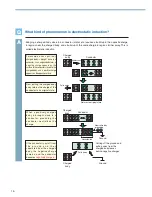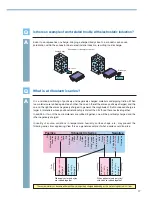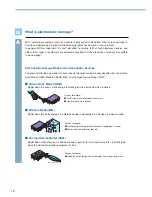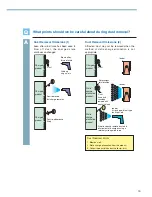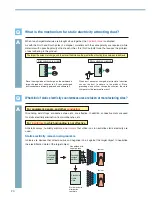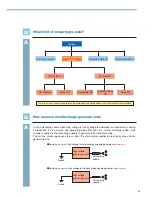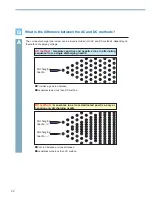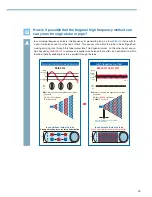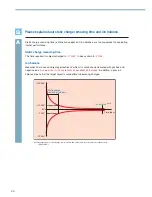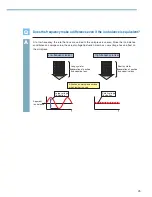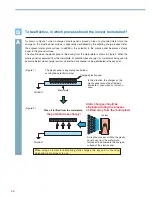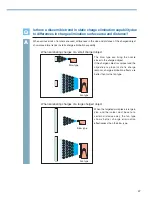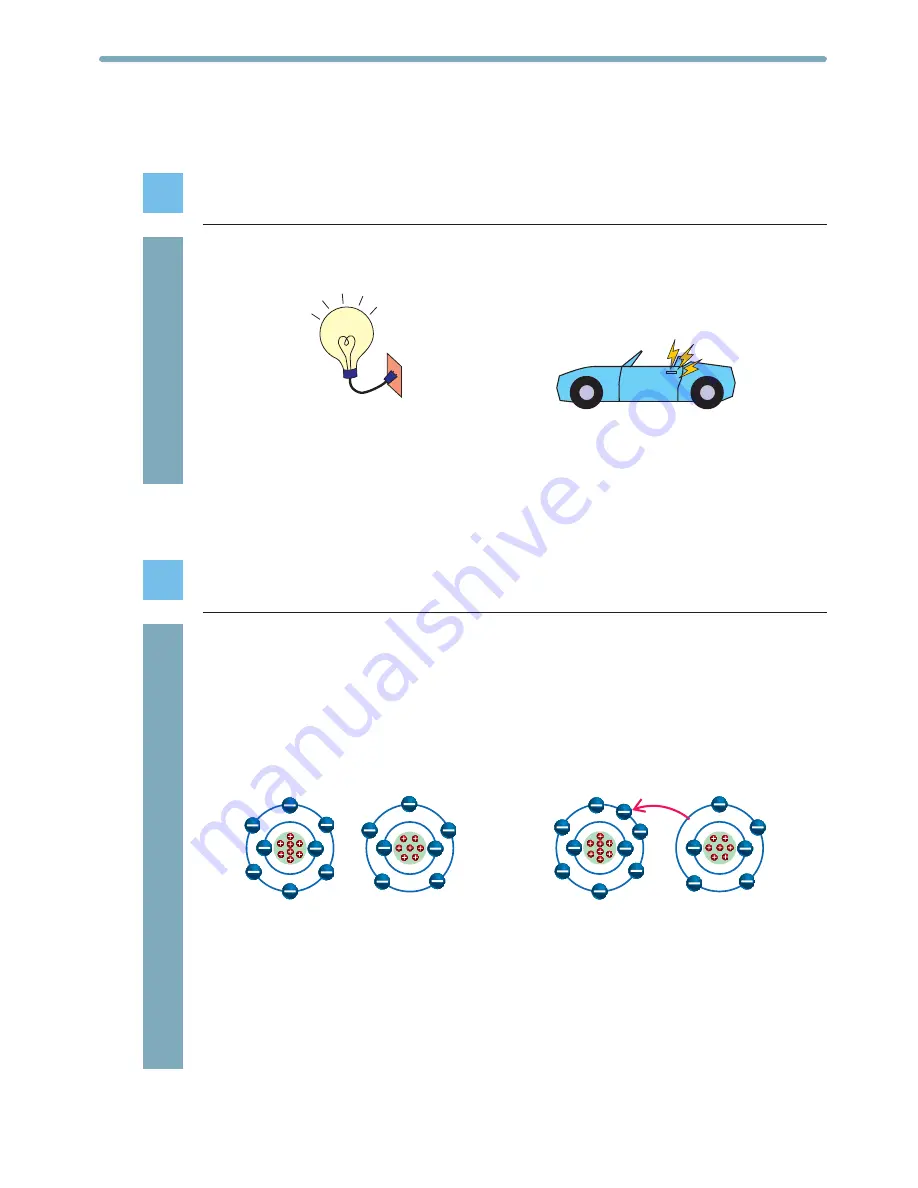
13
Static Electricity Q&A
Q
What is static electricity?
A
Q
What is the mechanism for the generation of static electricity?
A
When friction between materials causes the plus-minus balance to collapse and to tilt electrically
toward one polarity, this condition is called static electricity. The zap that comes when a person
touches a car door on a dry winter day is static electricity.
ZAP!
About 3 kV
Static electricity is generated by clothing or seat friction.
Discharges when metal is touched.
Electric current
Dynamic electricity
(regular electricity)
Static electricity
(electricity stored on materials)
●
All materials are made up of atoms. Atoms consist of electrons holding a negative electrical
charge, and a nucleus holding a positive electrical charge (the nucleus further consists of positive
protons and electrically neutral neutrons). The electrons revolve around this nucleus. And it is
these electrons that form the basis of static electricity.
●
In normal conditions, the positive electrical
charge held by the protons is balanced
against the negative electrical charge held
by the electrons, so that the atom overall is
electrically neutral.
●
When a neutral atom is moved by friction,
contact, or peeling, addition of an electron
gives it a negative charge, while removal of
an electron gives it a positive charge.
Electrically neutral
Electrically neutral
Electrification turns
negative
Electrification turns
positive
Oxygen atom
8 positive protons
8 negative electrons
Oxygen atom
8 positive protons
9 negative electrons
Nitrogen atom
7 positive protons
7 negative electrons
Nitrogen atom
7 positive protons
6 negative electrons

















